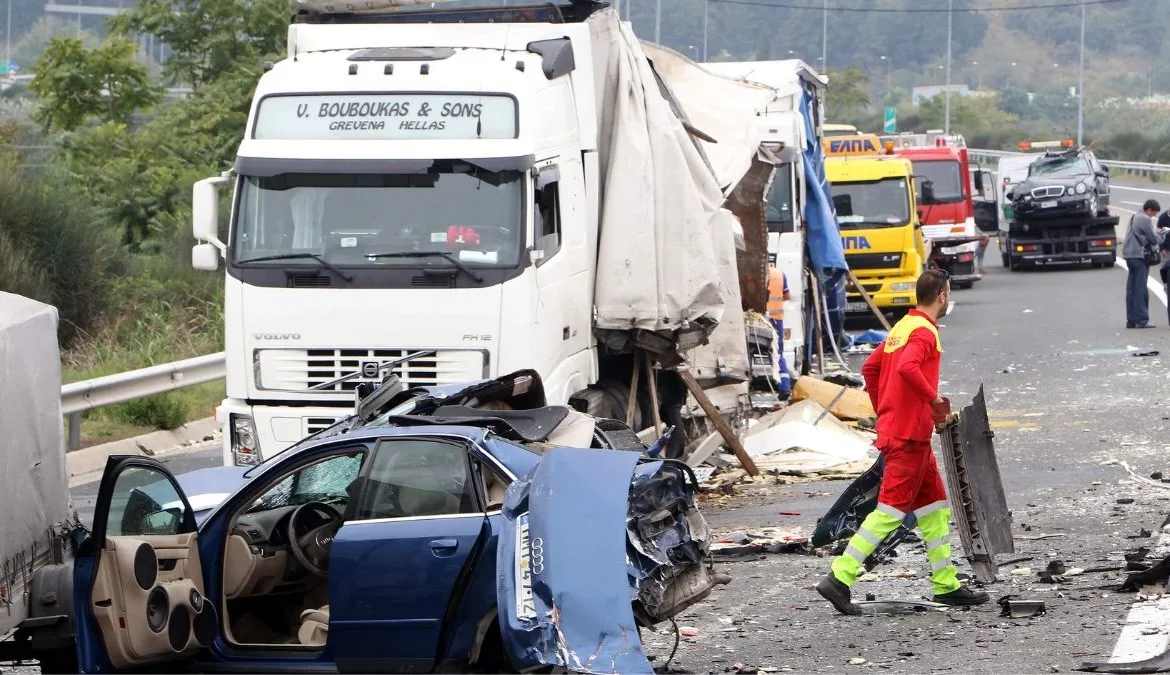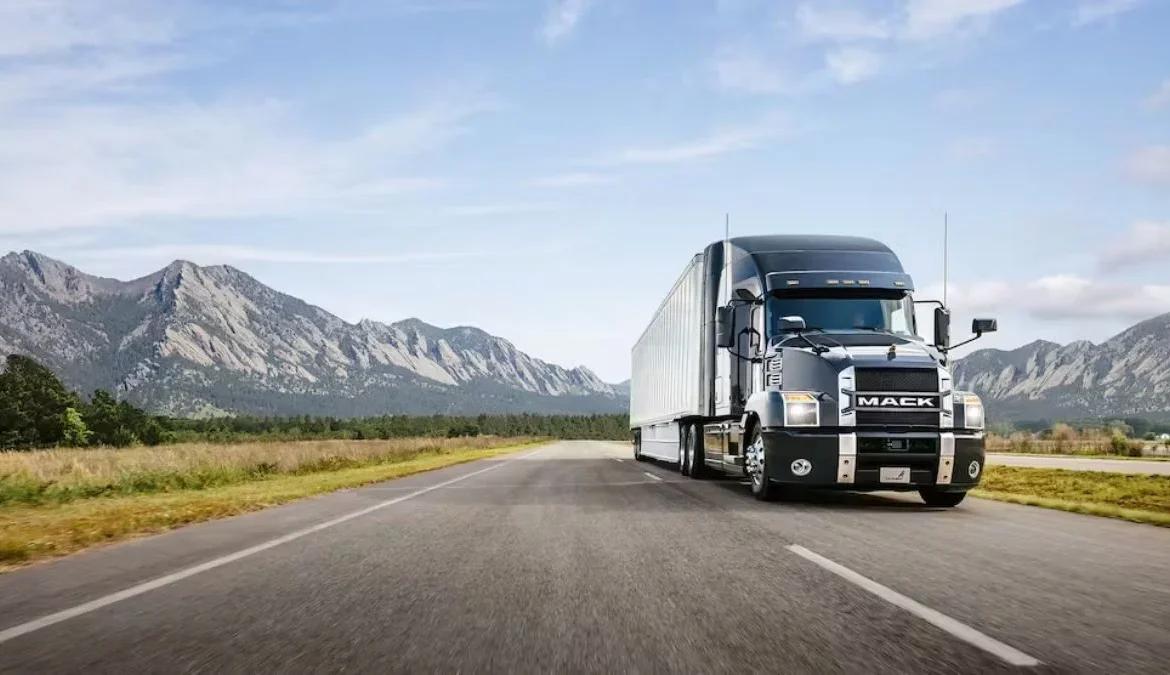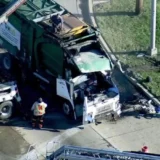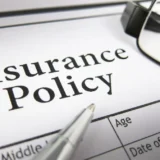Truck accident insurance is a specialized form of insurance protection created to safeguard people and organizations that run commercial trucks or cars for business purposes.
It is also sometimes referred to as commercial trucking insurance or commercial auto insurance.
For trucking companies and owner-operators who depend on vehicles to move goods and run their operations, this insurance is crucial. The main components of truck accident insurance are as follows:
Coverage Types
(i)Liability Insurance
An essential part of truck accident insurance is liability insurance. It covers losses and injuries for which you are held accountable in an accident as the driver of the truck. There are normally two basic parts to liability insurance:

- Bodily Injury Liability: This covers the costs of treating injuries caused by other parties involved in the collision, such as other drivers, passengers, or pedestrians, as well as any legal fees.
- Property Damage Liability: The expense of repairing or replacing vehicles or other property damaged in the collision, such as other cars, structures, or road signs, is covered by the property damage liability component.
(ii)Damage Insurance
To safeguard their personal belongings, commercial truck drivers frequently get physical damage insurance. It contains:
- Collision Coverage: No matter who was at fault, collision coverage will pay for repairs to your truck if it is damaged in a collision with another car or object.
- Comprehensive Coverage: This protects your truck from damage resulting from incidents other than collisions, like theft, vandalism, fire, hail, or falling objects.
- Insurance for Cargo: The transportation sector cannot function without cargo insurance. It protects the value of the products you’re shipping in the event of theft, damage, or loss while in transit. The type of cargo, its value, and other factors may affect the coverage amount.
Federal Requirements
For interstate carriers, the Federal Motor Carrier Safety Administration (FMCSA) establishes minimum insurance standards. Depending on the type of cargo and the weight of the vehicle, these specifications change.
Premium-Affecting Factors
- Driver Experience and History: When determining premiums, insurance firms take the driver’s history into account. Safe, seasoned drivers frequently experience lower premiums.

- Cargo Type and Value: Insurance rates can be considerably impacted by the type and value of the cargo being transported. Higher coverage limits are frequently needed for perishable commodities, hazardous materials, and high-value items.
- Geographical Area and Routes: Your business’s operating environment and the routes you take can have an impact on your insurance costs. Urban regions with heavy traffic or roads with a record of accidents may have higher premiums.
- Technology and Safety Measures: Using safety technologies like dashcams and telematics systems, as well as putting in place safety measures like driver training programs, can help keep insurance rates down.
Specific Requirements
Specialized insurance coverage could be required depending on the type of trucking activity and the nature of the cargo. For instance:
- Hazardous Materials: Transporting hazardous chemicals necessitates adherence to strict rules and frequently entails higher insurance costs.
- Oversized Loads: Carrying excessive loads could call for additional licenses and insurance coverage.
The claims procedure
It’s imperative to adhere to certain protocols to notify your insurance provider of an accident swiftly.
This often entails giving specifics regarding the collision, compiling data, and collaborating with the Truck Accident Insurance company’s claims adjusters.
Legal Consequences
Legal repercussions from truck accidents can be complicated. Truck Accident Insurance coverage is necessary to protect your finances in the event of lawsuits, legal claims, or responsibility problems.
Cost Control
Many trucking companies place a high premium on controlling insurance costs. Among the tactics for managing costs are:
- Putting in place safety training programs to lower the risk of accidents.
- Monitoring and enhancing driver behavior and vehicle maintenance using telematics and cutting-edge safety technology.
- To strike the ideal balance between cost and coverage, set reasonable deductibles and consider several possibilities for coverage.

Trends That Are Emerging
The incorporation of technology and automation has caused substantial changes in the trucking sector. Industry insurance trends include:
- The monitoring and enhancement of safety using telematics and IoT devices.
- The developing legal and Truck Accident Insurance situation as automation progresses, as well as factors to take into account when insuring autonomous vehicles.
Top Factors Affecting Truck Accident Insurance Rates
Truck accident insurance is essential for commercial vehicle owners and operators to protect their business assets and finances.
However, truck accident insurance premiums can vary greatly depending on an assortment of evaluated risk factors.
Driving Record
A commercial driver’s history behind the wheel is one of the most significant considerations in the underwriting process for truck accident insurance.
Carriers will scrutinize driving records for incidents like at-fault accidents, traffic violations, and preventable crashes.
Repeated infractions demonstrate riskier driving behavior and higher chances of future claims, translating to higher premiums.
Those with clean driving records for several years may qualify for safe driver discounts that lower their rates.
Vehicle Age
Older trucks are more prone to mechanical issues and component failures compared to newer models. The age of a commercial vehicle influences its risk profile and likelihood of being involved in an accident.
In general, truck accident insurance rates climb as trucks get older due to depreciating safety features, maintenance needs, and parts replacements.

Premiums peak once a vehicle crosses 10-15 years of service depending on the insurer and type of truck.
Cargo Type
The type of goods or property being hauled impacts liability exposure. Transporting goods like fuel, chemicals, livestock, or construction materials introduces more potential hazards during transport versus general freight.
Certain cargo classes like explosives are almost impossible to insure due to their inherent dangers.
Insurers perceive higher-risk loads as presenting costlier claims if accidents occur, thus these loads command elevated rates for truck accident coverage.
Mileage
The more miles a commercial vehicle logs in a year, the greater its time on the road and chances of encountering other vehicles or hazards.
Annual mileage serves as a proxy for loss exposure. More driving means higher insurance premiums to offset added risks.
Carriers may group fleets into mileage brackets (e.g. under 50,000 miles, 50,000-100,000 miles) and assign increasing prices according to the bracket.
Safety Record
Beyond the driver’s past violations, insurers factor in a trucking company’s safety management program and claims history too.
Rigorous safety protocols like driver training programs, maintenance processes, and fleet tracking help prevent accidents and keep insurance costs down.

An established safety culture acts as mitigation against future losses. However, businesses with ongoing liability issues or regulatory infractions will pay higher premiums.
Additional Coverages
Truck accident policies can be customized with valuable add-ons like cargo insurance, non-trucking liability coverage, and excess liability limits if needed. These enhancements extend financial protection but require additional payments too.
Supplementing a basic policy with specialized add-ons like refrigeration breakdown coverage or enhanced pollution liability expands protection at a rate increase. Choosing extras should align with individual exposure needs.
Discounts
On the opposite side of escalating factors, discounts exist as rewards for positive behaviors.
For example, anti-theft devices, good student supplements for safe drivers under 30, multi-vehicle or multi-year policies, and membership in accredited safety programs grant small premium deductions to eligible customers.

Bundling auto and property/casualty insurance with a single carrier often qualifies for multi-policy savings too. Accumulating several discounts counteracts upward rate pressures
Conclusion About Truck Accident Insurance
In conclusion, truck accident insurance is a crucial part of the transportation sector, offering protection to individuals and businesses in the event of mishaps, property damage, or cargo loss.
For legal compliance and monetary security, it is crucial to comprehend the particular insurance requirements and needs for commercial trucking activities.






